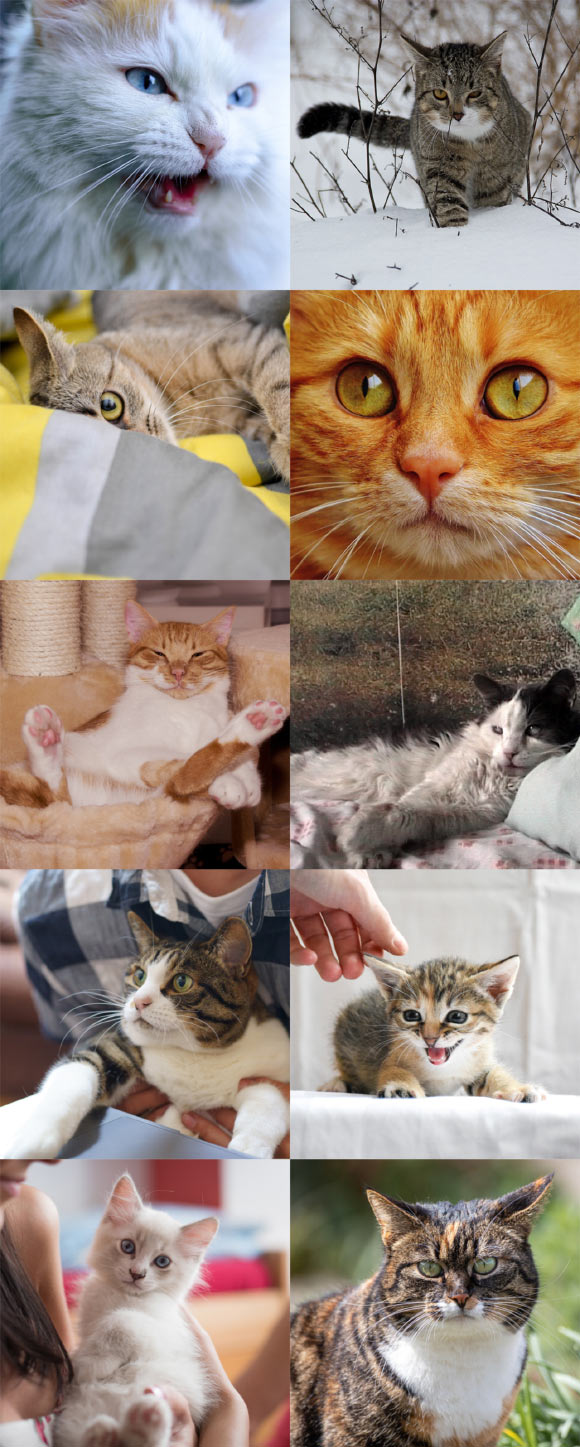Now Reading: Study Finds Cats Can Identify Their Owners by Scent
-
01
Study Finds Cats Can Identify Their Owners by Scent
Study Finds Cats Can Identify Their Owners by Scent

Rapid Summary:
- Study Focus: Research from Tokyo University of Agriculture examines the role of olfaction in domestic cats for recognizing humans.
- Experiment Details:
– Thirty cats were tested using plastic tubes containing human-derived odors from owners or unfamiliar individuals.
– Cats sniffed unfamiliar odors longer and showed initial preference for thier right nostril, switching to the left when familiarized.
- Findings on Personality: Male cats exhibited varied sniffing behaviors based on neuroticism or agreeableness; female cat behavior remained unaffected by personality traits.
- Implications: Cats can distinguish between familiar and unfamiliar humans by smell, but whether they recognize specific individuals remains uncertain.
- Brain Hemisphere Study: Cats may favor different brain hemispheres (linked to nostril preference) depending on tasks, as seen in othre species like dogs and fish.
!Image of Domestic Cat Sniffing
Indian Opinion Analysis:
The study underscores growing interest in understanding domestic animals’ social cognition, specifically that of cats. For India-a country with a meaningful pet population-these findings could influence perspectives on cat ownership and welfare practices. The discovery about behavioral lateralization (nostril/brain connections) expands scientific insights but also opens avenues for further exploration into animal neuroscience.
from an Indian context where dogs traditionally dominate pet preferences, such research into feline behavior may encourage broader acceptance or better-informed care among cat owners. Additionally, personality traits influencing olfactory responses align with global trends highlighting individual-specific pet needs-possibly shaping how caretakers approach interaction and enrichment strategies tailored to their pets’ unique attributes.


























